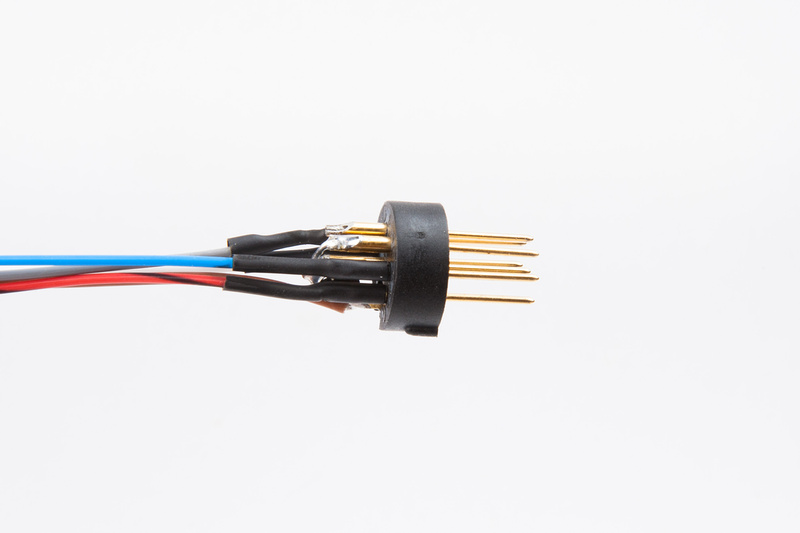chunger
Well-known member
BOM is moving to new revision on all new orders (and a few pending ones) of complete microphone kits and electronic parts kits.
Changes are as follows:
R1, R2 = 68.1K (33K still included in kit for 12AT7 application)
R9, R10 = 221R
R6 = 499K
C1, C2 = 47uF 350V
All other values are the same as originally specified BOM.
This BOM change comes before an upcoming PCB revision for both power supply and microphone. The circuit and build should remain mostly unchanged in regards to the C12. We are merely extending the PSU's applications to other microphone circuits particularly microphones that require negative voltage heater supply.
Changes are as follows:
R1, R2 = 68.1K (33K still included in kit for 12AT7 application)
R9, R10 = 221R
R6 = 499K
C1, C2 = 47uF 350V
All other values are the same as originally specified BOM.
This BOM change comes before an upcoming PCB revision for both power supply and microphone. The circuit and build should remain mostly unchanged in regards to the C12. We are merely extending the PSU's applications to other microphone circuits particularly microphones that require negative voltage heater supply.


































